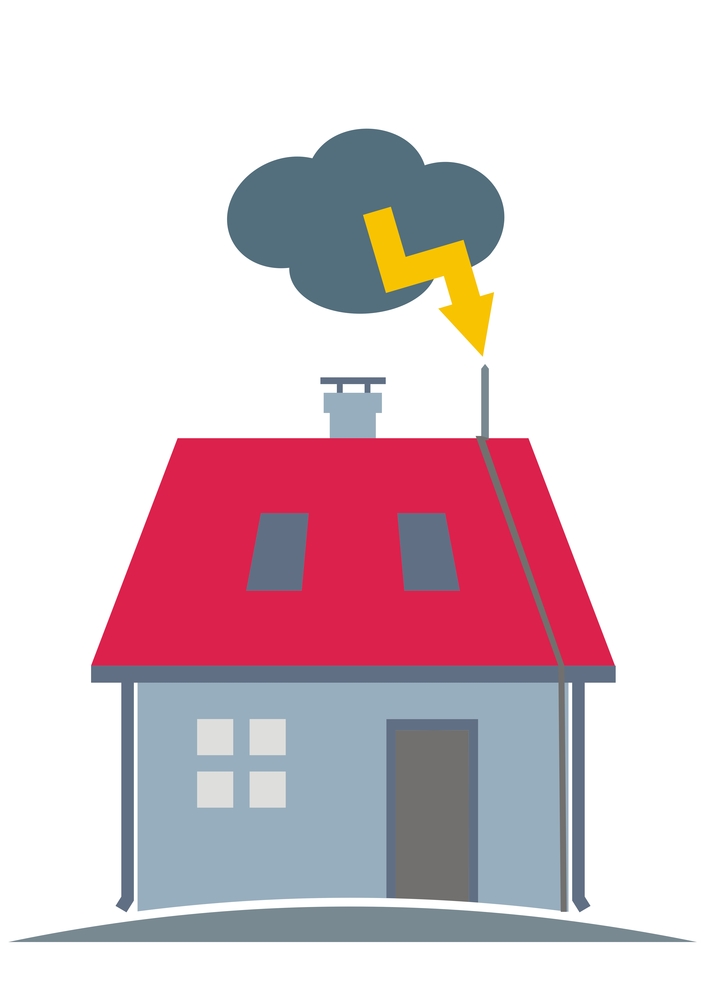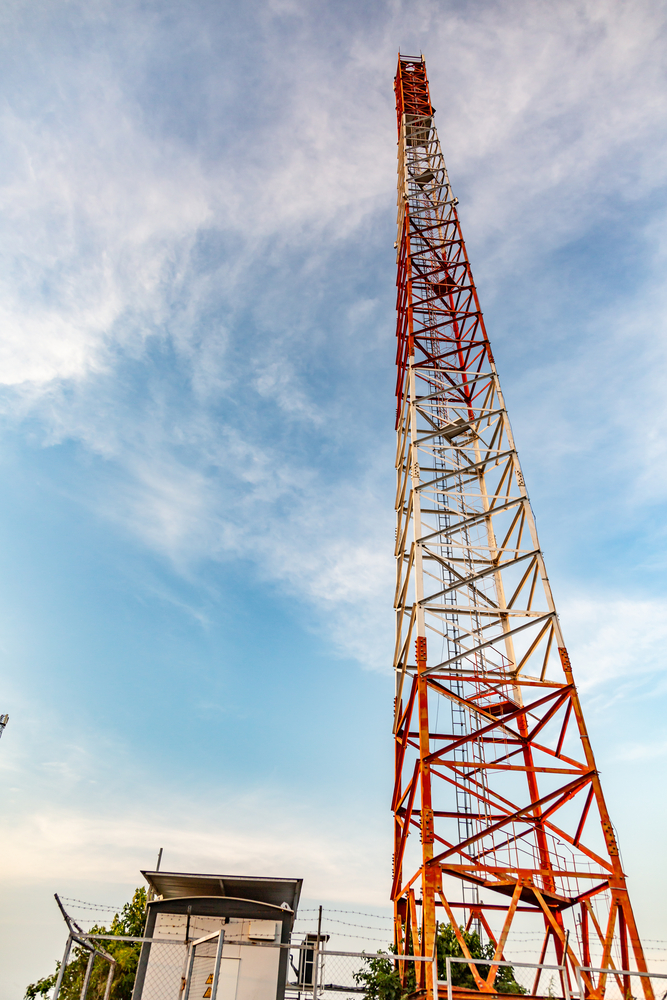When designing the systems of internal artificial lighting of the building and power equipment (M&E), a need for assessment of the necessity of lightning protection activities arises. The task is complex in that the M&E section in the building design can also include the lightning protection activities. In this case, the M&E section is usually assigned to electricians not being specialists in the lightning effect protection. They have to evaluate the need for lightning protection. When necessary, you should contact experts in the respective area. This article has been created to assist electricians in making a correct decision in such situations.
Regulatory base
Until now, the lightning protection system calculations are based on the following documents: RD 34.21.122-87 Instructions to Arrange Lightning Protection for Buildings and Structures and SO 153-34.21.122-2003 Instructions for Arrangement of Lightning Protection for Buildings, Structures, and Industrial Utilities. They should be used to assess the need for the arrangement of the lightning protection system for a designed facility.
Document SO 153-34.21.122-2003 is more advanced. Moreover, it was created already in a new social and economic environment. However, at the same time, also RD 34.21.122-87 is effective, since sometimes, when solving particular tasks, you should refer to this document. We will discuss later why these old-fashioned standards are still relevant.
SO 153-34.21.122-2003 criteria
The development of SO 153-34.21.122-2003 was based on a risk-oriented approach. It suggests that the lightning strike probability exists all the time, and the lightning protection reduces the damage significantly although it does not provide a 100% guarantee. As a main criterion, the reliability of the protection against direct lightning strikes (DLS) is considered.

The facilities are classified into 2 types: conventional and special. Conventional facilities include residential and administrative facilities as well as buildings and structures not higher than 60 m, which are intended for trade, industrial production, and agriculture. Special facilities include the ones being hazardous for their immediate environment, social and physical environment; the facilities that can cause harmful biological, chemical, or radioactive emissions in case of a lightning strike, as well as the structures higher than 60 m, playgrounds, temporary facilities and the facilities under construction. This classification is provided in Table 2.1 of the document in more details.
For the special facilities, the minimum reliability for the protection against DLS should be within 0.9 to 0.999, and its particular value should be agreed upon with the state regulatory bodies. For the conventional facilities, four DLS protection levels (1 to 4) are used with minimum values 0.8 to 0.98. The only problem is that the protection level should be determined according to additional guidelines which have not been issued so far. Instead, GOST R IEC 62305-1-2010 may be used. But the document is rather complex and it is intended for use by discipline specialists in lightning protection.

The possibility of using building elements as natural lightning arresters and current collectors, SO 153-34.21.122-2003 rates only for conventional facilities. For any structures, you cannot provide a special lightning protection if there is a nearby structure capable of performing functions of a natural lightning arrester (item 3.1). With regards to the structures being in the lightning arrester effect zone installed on an adjacent building, this variant is not directly considered in SO 153-34.21.122-2003. Although, when required, this lightning arrester can be considered as a standalone arrester relative to the considered structure.
Why is RD 34.21.122-87 still relevant?
The key specific of this document is that the required measures to struggle with the DLS effects are related to the lightning protection category (1 to 3). In turn, the category is determined according to Table 1 in the document depending on the purpose, the EIC class and the flammability degree.
In practice, in order to understand whether the lightning protection is required, you should find a row in Buildings and Structures, Table 1, and in Location find the storm activity value. If your location has a lower storm activity, the lightning protection is not necessary. Two zones differing in the DLS protection reliability level are at least 0.995 for zone A and at least 0.95 for zone B.
In RD 34.21.122-87, criteria not required for the lightning protection due to being within the protection zone of the adjacent facility are provided in more details. If the building or structure is partially within the protection zone of natural lightning arresters or adjacent facilities, the protection against direct lightning strikes should be provided only for the remaining unprotected part (item 1.6).
The accuracy and unambiguity of the provisions of RD 34.21.122-87 make designers refer to this document. But it is only in the case when we are not talking about "conventional" facility types rather than those that appeared or significantly changed in the new century.
Possible contradictions
Time difference between adopting SO 153-34.21.122-2003 and RD 34.21.122-87 as well as various structure classification methods may sometimes lead to contradictions. Thus, in RD 34.21.122-87, the lightning protection is not required for a standalone building located in a rural area with the height more than 30 m and the average storm activity less than 20 times per year. In 1987, one could hardly suppose that skyscrapers could be built in an open field. And SO 153-34.21.122-2003 classifies buildings higher than 60 m as special facilities.
Or another example related to the development of information technologies. RD 34.21.122-87, with the same storm activity, does not require mandatory measures for the lightning protection for computing centres. Today, such structures are called data centres. They are usually an integral part of the modern telecoms infrastructure and are therefore referred to as special facilities according to SO 153-34.21.122-2003.
In case of the presence of contradictions between RD 34.21.122-87 and SO 153-34.21.122-2003, in each particular case, you should apply stricter standards.
Conclusions
To assess the need for the lightning protection, you should first use RD 34.21.122-87. The need for lightning protection is assessed on the basis of the parameters of the designed building and the level of storm activity in this location. If the lightning protection according RD 34.21.122-87 is not required, check whether the designed structure is classified as special facilities according to SO 153-34.21.122-2003. If this facility is classified as special, there is a high probability that the lightning protection will be required.
If the lightning protection is required according to RD 34.21.122-87 or if the facility is classified as special according to SO 153-34.21.122.2003, you can get a free calculation at the ZANDZ Technical Center.
Related Articles:



